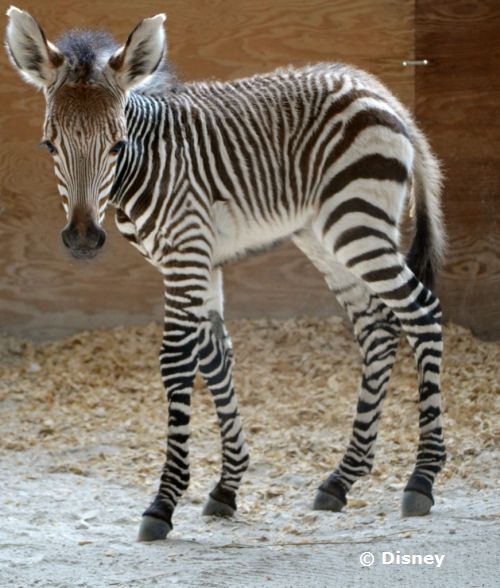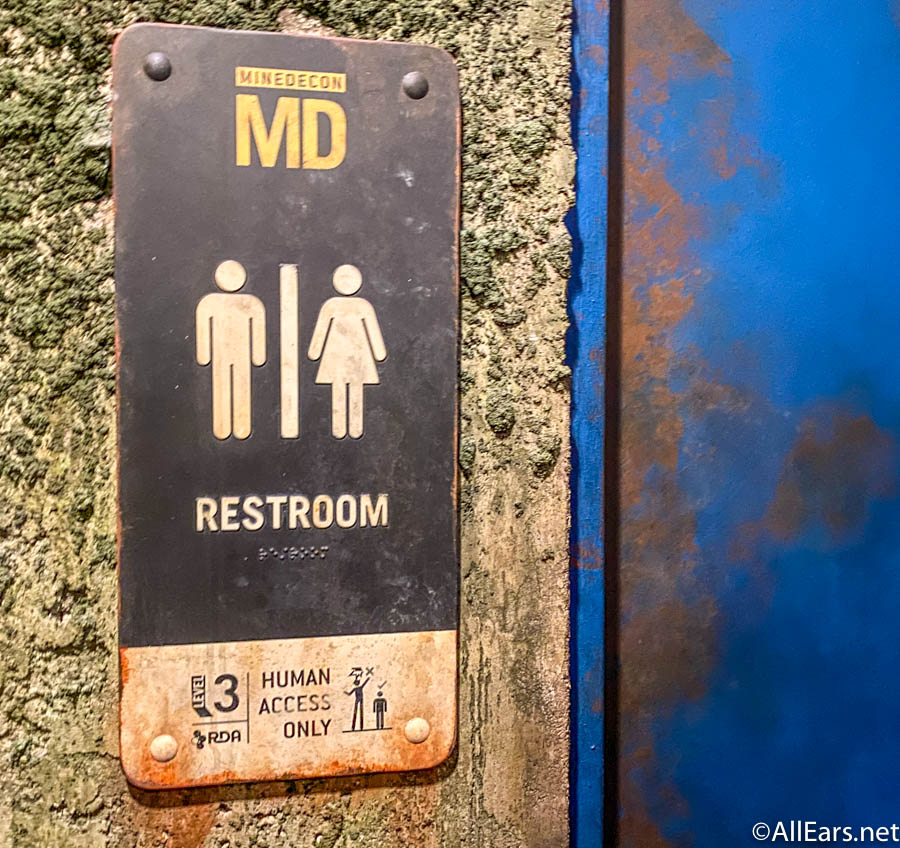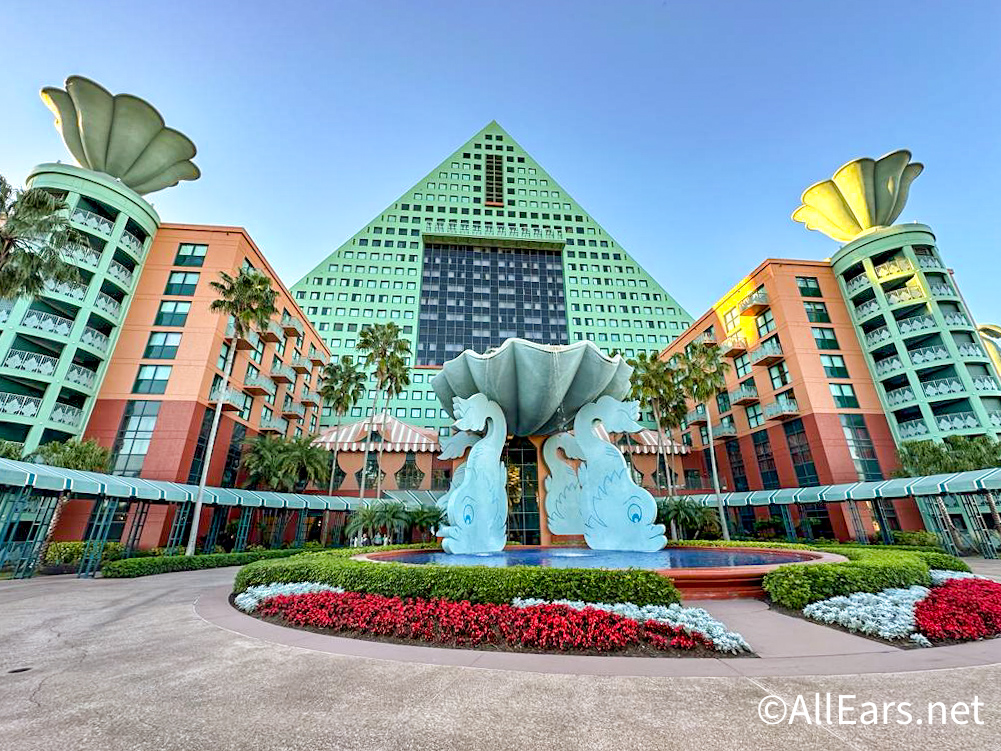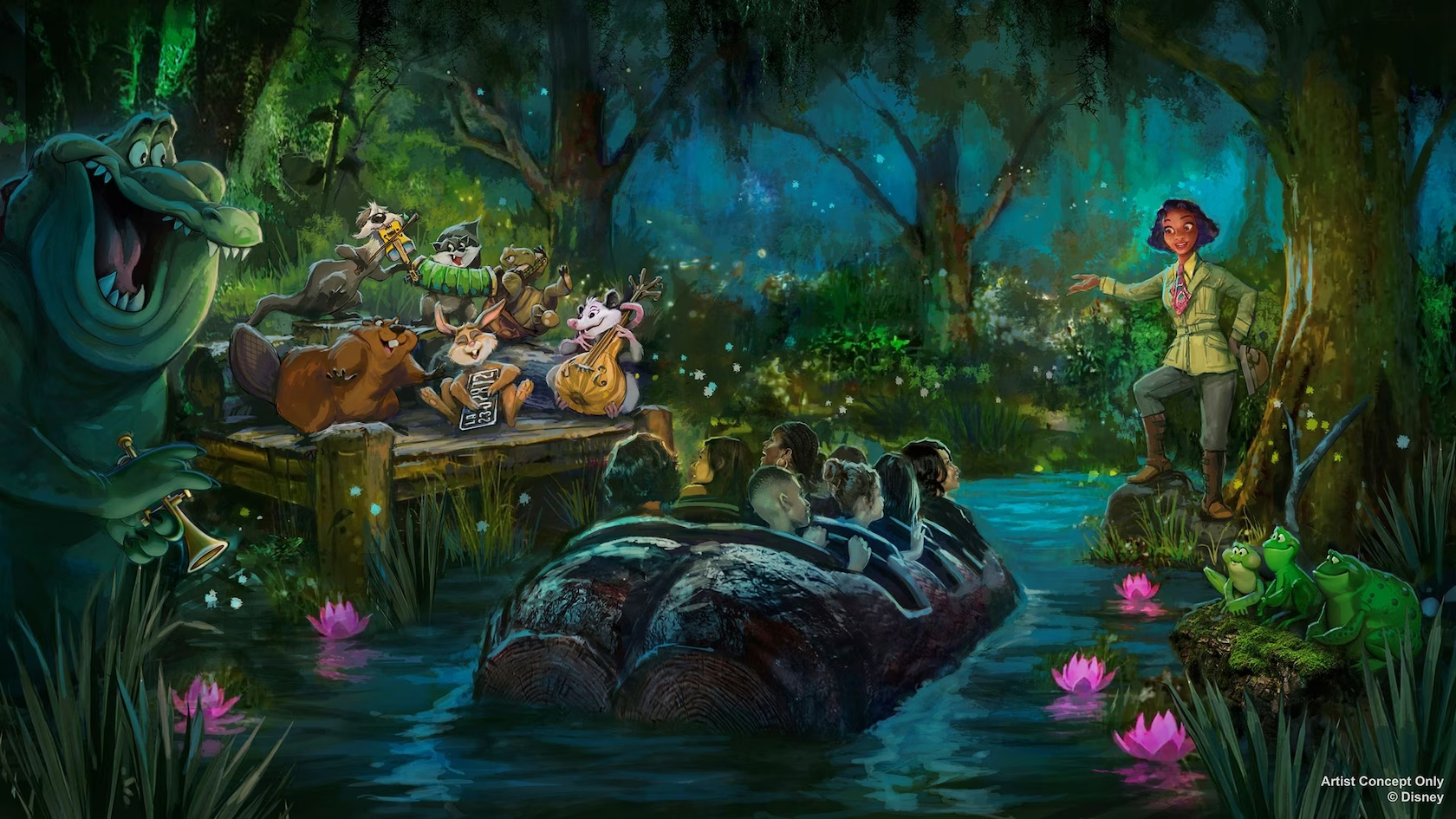
LAKE BUENA VISTA, Fla., Nov. 1, 2013 – Sporting black and white stripes, there’s a new addition to the savanna at Disney’s Animal Kingdom Lodge. In October, the team welcomed a rare, baby Hartmann’s Mountain zebra.
The filly and her mother are bonding well and doing fine after the yearlong gestation. Disney’s animal care team, including veterinarians carefully monitored the mother throughout her pregnancy.
Typically found in mountainous regions of southwestern Africa, the species is characterized by a striking pattern of narrow vertical stripes covering its head and body. The species is considered endangered, with only 50 Hartmann’s mountain zebras in the United States and an estimated 7,000 throughout the world.
Disney’s Animal Programs team is actively involved in the Association of Zoos and Aquariums Species Survival Plan for this critical species. The team is proud to have a successful birth of a rare species.
The Hartmann’s mountain zebra is listed as vulnerable on the International Union for Conservation of Nature’s Red List of threatened species, which determines the risk of extinction to animals. The zebra’s endangerment continues due to experience of loss of habitat in their native Africa.
Just a few fun facts about zebras:
— With three species of zebra, they can be distinguished by their stripes: plains zebras have wider stripes that wrap around their bellies. The Hartmann’s Mountain zebras have thinner stripes that don’t extend around the belly.
— No two individual zebras look exactly alike.
— Most scientists believe that the zebra’s stripes may serve to break up the outline of the zebra’s body in the herd and provide some camouflage when the zebra is standing in tall grass.
— The Hartmann’s Mountain zebra can weigh up to 800 pounds and grow up to eight and a half feet.
— Mountain zebras eat mostly grass, bark, leaves and tree and shrub shoots. Though they prefer mountainous regions for their habitat, they are known to move to lower elevations to graze in cold weather and seek shelter in caves or wooded areas.






















Trending Now
We found your perfect Hollywood Studios tee.
We've got an update for Disney's new 'Coco' restaurant!
A Hollywood Studios attraction is closing for refurbishment in one week!
There's a NEW roller coaster coming to Epic Universe in Universal Orlando, and we've got...
Two popular CBS shows have been CANCELED.
Some restaurants have weird rules when it comes to using the Disney Dining Plan...
There are 10 BIG things you need to know before riding the TRON attraction in...
Some restrooms in Disney World are just the WORST! Check out our full list with...
We're sharing the bathroom SECRETS you need to know for Magic Kingdom in Disney World!
Let's talk about some Criminally Underrated EPCOT hotels!
We use these seven cheats at Disney World's EPCOT all the time.
We've put together a complete guide to every Cast Member discount available at Disney World.
There is a bathroom trend picking up steam in Disney World, and we are on...
Did you know you can rent your own tiny house in Disney World? Join Fry...
This Disney Loungefly is a little late to the party...bur nevertheless you can snag it...
Disney is playing with our HEARTS out here, you guys.
Your jaw will DROP when you see the NEW Disney popcorn buckets coming soon!
We're here to expose the backstage transportation at Disney World!
We got a first look at the returned Fantasmic! in Disney World. Here's what has...
Today, we're going behind the scenes of RIDE CLOSURES.